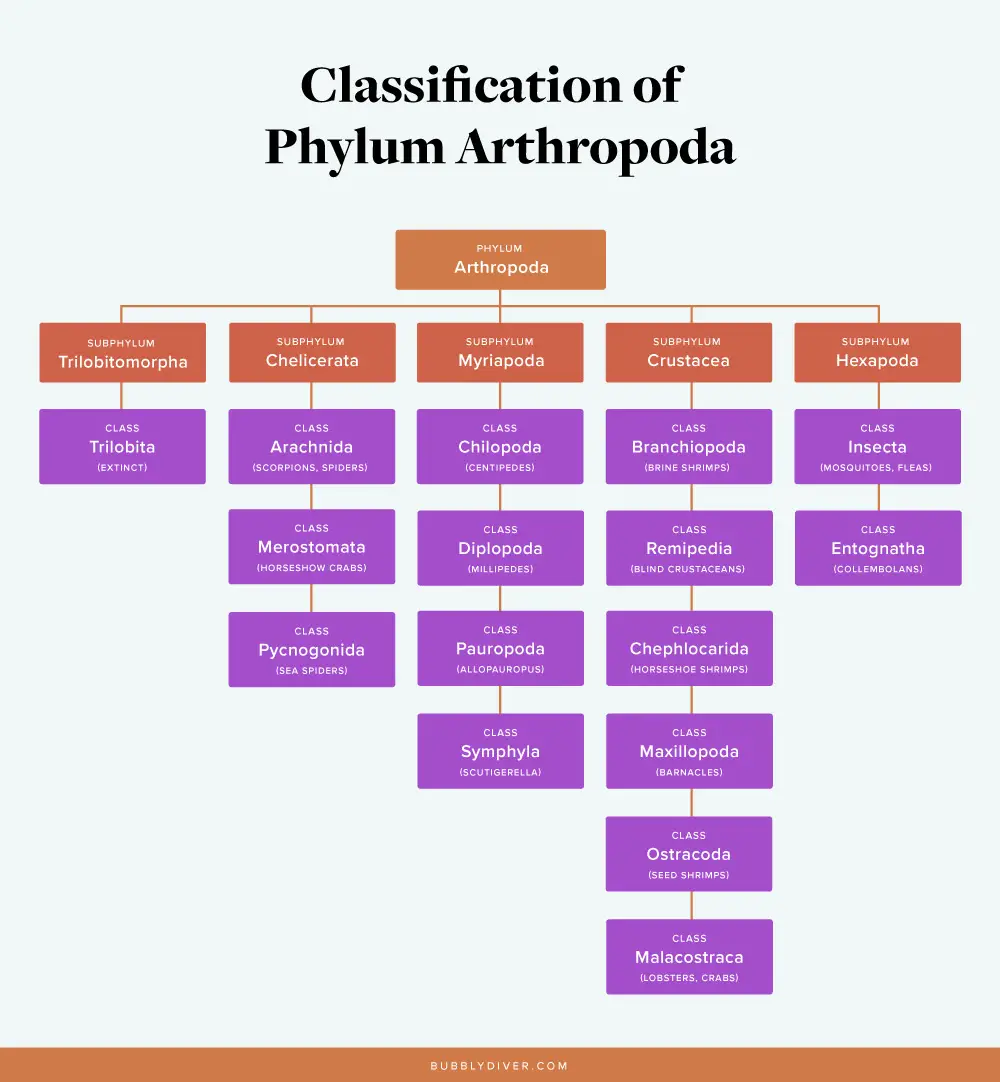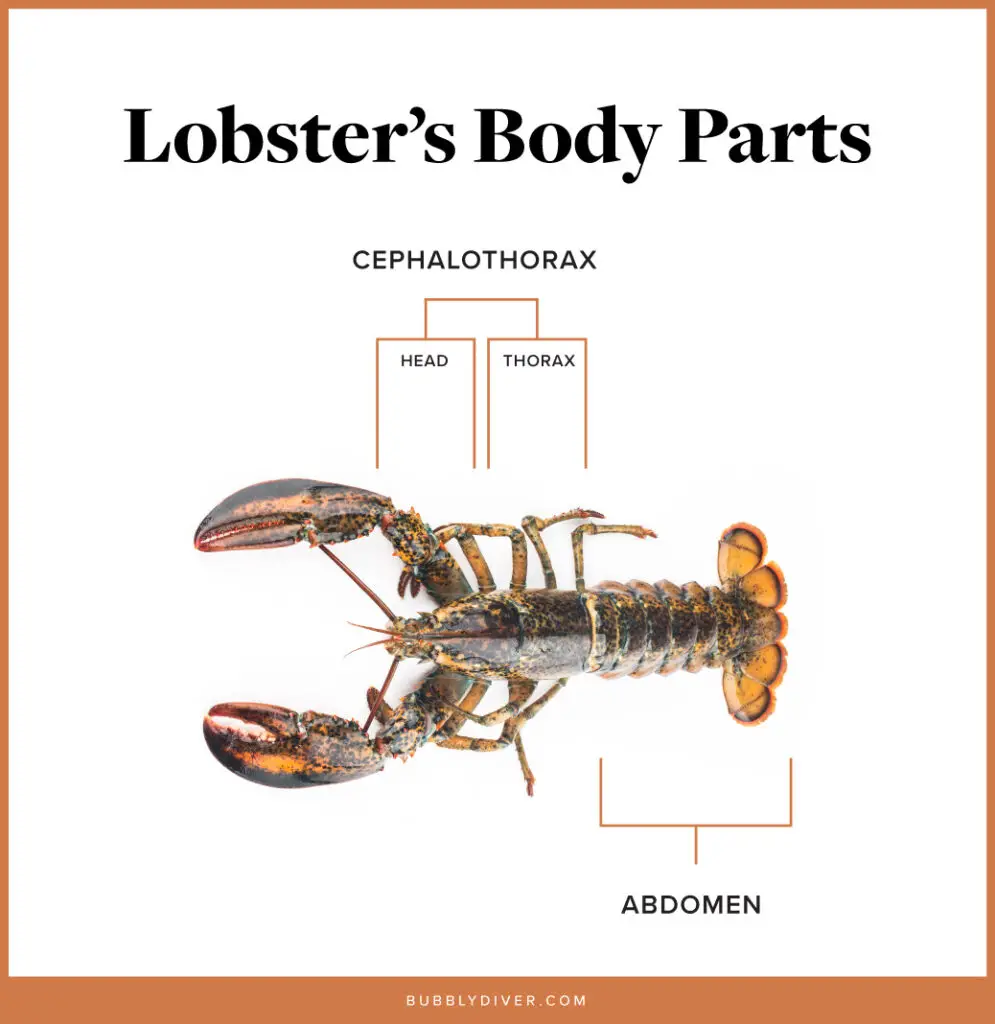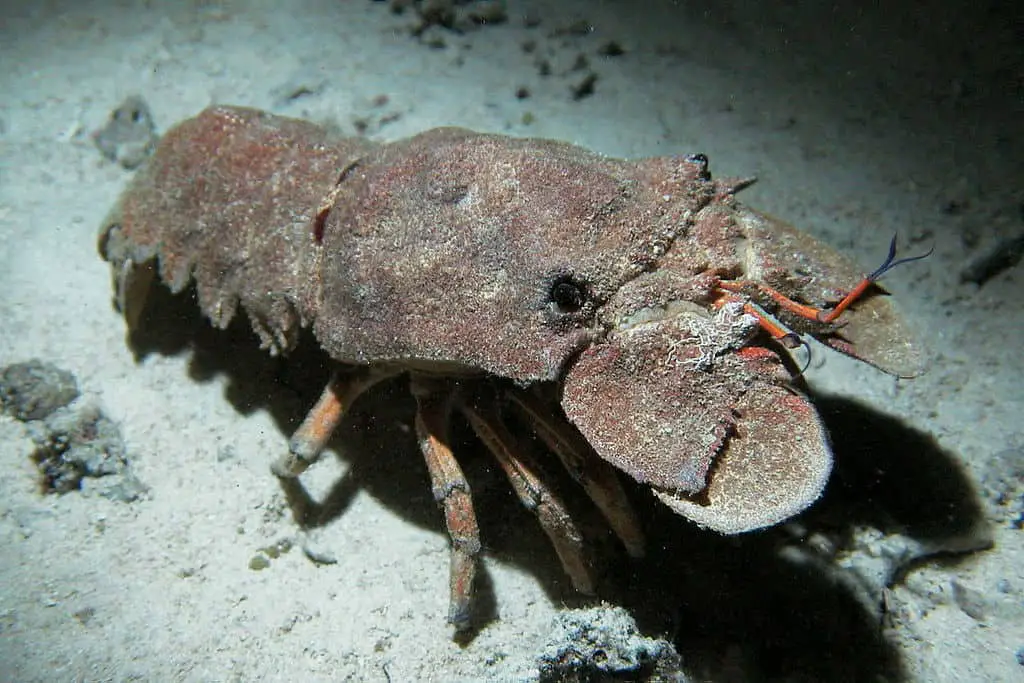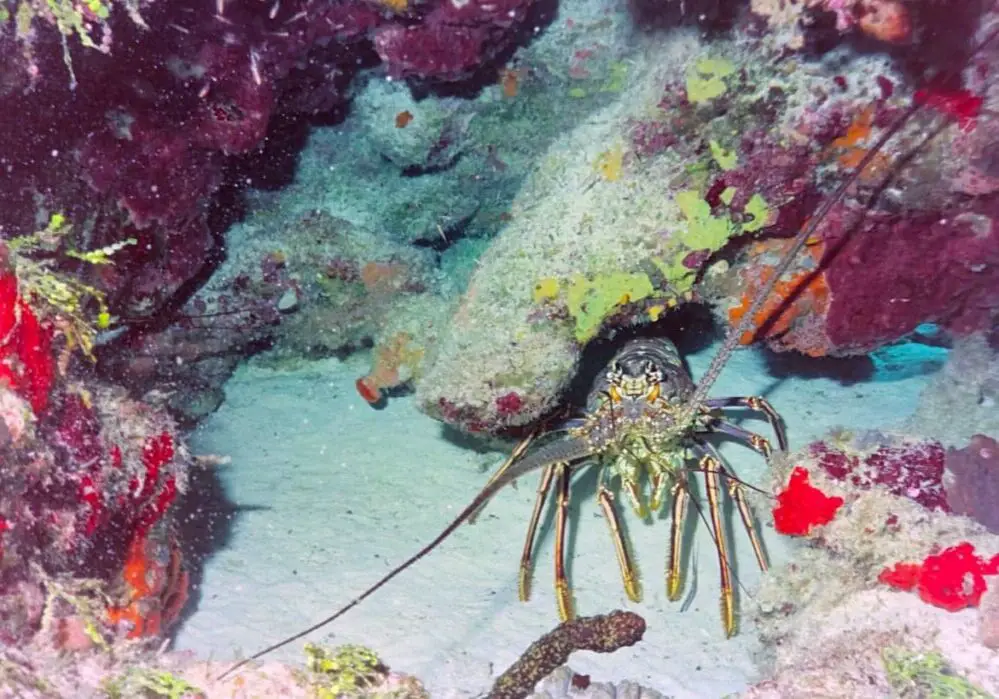Are Lobsters Arachnids? (Explained)
You may have noticed that lobsters and some joint-legged animals, such as scorpions, are similar in appearance. Animals like scorpions or spiders belong to the large class of animals called arachnids but do lobsters also belong to this group? In this article, we’ll talk all about it but let’s begin with a quick answer:
Lobsters are not arachnids but malacostracans. All these animals belong to the same phylum, Arthropods, but arachnids are a class of animals that belong to the subphylum Chelicerata. Lobsters are classified into the subphylum Crustacea (crustaceans) and Malacostraca class.
However, this certainly doesn’t tell the whole story. Below I’ll explain more about why lobsters aren’t arachnids and what are the main differences and similarities between them. Furthermore, I’ll explain more about what kind of animals lobsters actually are. Read on!
Why lobsters aren’t arachnids? (The differences)
There are a few major distinguishing features between lobsters and arachnids, as they don’t even belong to the same subphylum and class. Below you can read about the biggest differences between them.
Classification
Animal kingdom classification is a system that helps us to understand how all living organisms are related. This system divides the animal kingdom into phylum, subphylum, class, order, suborder, family, genus, and species.
Arachnids are animals that belong to the class Arachnida. This class is a part of the subphylum Chelicerata and phylum Arthropoda. Lobsters, however, belong to the class Malacostraca, and animals in this group are called malacostracans. This class is part of the subphylum Crustacea and phylum Arthropoda.
As you can now see in detail, lobsters, and arachnids, such as spiders or scorpions are closely related as they belong to the same phylum. This is why you can notice a lot of similarities between them. However, they also have a lot of differences as they belong to different subphylums and classes.

Eyes
One of the biggest differences between lobsters and arachnids is their eyes. Lobsters and other malacostracans have a compound eye. The compound eye consists of hundreds or thousands of tiny light-sensitive parts (called ommatidia). Each of these units serves to focus light on the retina and create a portion of an image.
Arachnids, instead of compound eyes, have simple eyes. This means that each eye has only a single lens to receive and process light and visual information. Most of these animals, however, don’t have good eyesight and rely on touch, vibration, and taste stimuli to navigate.
The other difference between lobsters’ and arachnids’ eyes is their number. Lobsters have two eyes located on stalks. Arachnids can have a different amount of eyes. For instance, some scorpions have six or twelve eyes, but some species, such as hooded tick spiders, don’t have eyes at all.
The way they breathe
Lobsters breathe in a different way than arachnids do. Lobsters use gills to absorb the oxygen from the water. They take the water in through the opening between their legs and then absorb the oxygen. Interestingly, they can survive out of water for a certain amount of time if their lungs stay moist, but they can’t absorb the oxygen directly from the air.
In a contrast, arachnids don’t have gills. Instead, they have two types of respiratory organs: the book lungs and the trachea. They can’t breathe underwater, but there are some exceptions, like diving bell spiders than can extract oxygen from the water.
Appendages
Another difference between lobsters and arachnids is their appendages. Most arachnids have four pairs of walking legs, but lobsters have five. Lobsters’ legs (called pereiopods) can be slightly modified, depending on the lobster’s species. For instance, clawed lobsters have the first pair of legs modified into large claws.
All these animals use their appendages for multiple reasons. They use them for locomotion, defense, hunting, eating, or reproduction.
Habitat
As you probably already know, lobsters live underwater and can’t breathe out of the water. They live on sandy or rocky seafloor, where they hide in their shelters. Depending on the species, they can be found in colder or tropical waters. For instance, clawed lobsters can be found in the North Atlantic Ocean, and spiny lobsters in the Caribbean waters.
Most arachnids are terrestrial, which means they live mainly on land. Their exact habitat strongly depends on species. For instance, spiders live in almost every habitat on earth, and the only places where they don’t live are the polar regions or the highest mountains (and the oceans).
Antennae
Another thing that set lobsters from arachnids is two pairs of sensitive antennae. Lobsters use their sensory antennae to smell and locate food as well as to sense danger. Antennae are located in front of their heads, and depending on the animals and species, their length can differ. None of the arachnids have antennae.
Interestingly, all lobster species have their antennae, but their appearance and length differ. For instance, spiny, non-clawed lobsters have very long antennae that help them protect themselves from predators. Lobsters with claws, however, have shorter and thinner antennae, but they use their claws as a primary defense mechanism.
Similarities between lobsters and arachnids
Lobsters and arachnids have also a lot of similarities as they belong to the same phylum. Below you can read about the biggest similarities between them.
Body segmentation
Lobsters and animals in the arachnids class have their body divided into two different parts: a cephalothorax and an abdomen. The cephalothorax is a fusion of the head and the thorax (the middle body part). The cephalothorax contains the antennae, eyes, mouthparts, and legs.
The abdomen is a flexible tail that, in lobsters’ case, allows them to swim rapidly to escape predators. Arachnids often use their abdomen to protect themselves or to hunt by stinging the predator/prey with their sting located on the distal end of the flexible tail.

Exoskeleton
All arachnids and lobsters have an exoskeleton, which is an external skeleton. These animals are fully covered by this hard and calcified shell, which supports and protects their bodies. They don’t have any internal skeletons, which makes their internal systems very delicate.
Interestingly, exoskeletons don’t expand as animals grow inside them. Therefore, lobsters and arachnids have to molt their “shells” as they grow larger. In order to do it, they usually crack the outer shell in one spot and flex their body repeatedly until they’re finally out of the old shell.
The frequency of molting depends on the animal’s life cycle – younger individuals grow faster than older ones. Juvenile lobsters can molt every few days/weeks, and adult species molt once every year or once every two years.
Jointed legs
As I already mentioned, both lobsters and arachnids belong to phylum Arthropods. The name of the phylum actually means “jointed legs” (arthro = joint, pod = foot) which is another major similarity in their bodies. All these animals have a hard exoskeleton that could create a problem with the flexibility of their appendages. This is where having jointed legs solves the problem.
Most of the appendages of lobster and arachnids bend at joints, which are softer and bendable. This allows them to create a movement similar to what a suit of armor does. These animals control limbs by contracting their muscles connected to the exoskeleton on both sides of the joint.
Bilateral symmetry
All arthropods, including arachnids and malacostracans (lobsters), have a bilateral symmetry, which means the right half of their bodies is the mirror image of their left half — just like human bodies. The internal organs, however, aren’t necessarily placed symmetrically.
Reproduction
The other similarity between lobsters and arachnids is their reproduction process. Lobsters reproduce sexually by males putting a packet of sperm into the female’s sperm pouch, where she carries the sperm, fertilizes it with her eggs, and carries the eggs until they hatch.
Most arachnids also reproduce in a similar way. If the female arachnid accepts the male, the male places the sperm packet into his pedipalps and then inserts it into the female. Same as lobsters, females then store sperm and fertilize with eggs when ready.
What animals are lobsters?
Let’s now take a closer look at what animal lobsters actually are.
Lobsters are marine crustaceans which is a large, diverse group of arthropods. This group consists of about 30,000 different species, such as shrimp, krill, crabs, barnacles, crayfish, fish lice, and more. They are four major families of lobsters:
- the clawed lobster (Nephropidae),
- the spiny lobster, also known as rock lobster (Palinuridae),
- the slipper lobster, also known as Spanish lobster (Scyllaridea),
- the furry, also known as coral lobster (Synaxidae).




Lobsters’ families differ in how their body is built, their habitat, and their behavior. Despite the difference between the first pair of legs – claws, they have a lot of other distinct features. There are differences in the morphological structures on the front of their shell (carapace), the structure of their appendages, the shape of the carapace, the length and shape of their antennae, and more.
All lobsters have paired appendages: first antennae, second antennae, mandibles, first maxillae, and second maxillae. Next, they have five pairs of walking legs (pereiopods). These legs are slightly modified, depending on the lobster’s family. For example, in clawed lobster species, the first pair of legs is modified into large claws.
These invertebrates inhabit the bottom of every ocean, and the water temperature they live differs depending on the species. In general, clawed lobsters prefer colder waters and are very common in the Atlantic Ocean, especially along the North Atlantic coast of North America.
The non-clawed species, such as spiny lobsters, prefer tropical waters. You can often encounter them in tropical and subtropical parts of the Atlantic Ocean, the Caribbean Sea, and the Gulf of Mexico. They’re also found in the Mediterranean Sea, coastal waters of Southeast Asia, Australia, and South Africa.
Lobsters are incredibly interesting animals with fascinating life cycle and communication methods. They’re known to communicate by peeing at each other and sending chemicals that translate the smell into a message.
They can live more than 100 years and never stop growing. Lobsters are omnivorous, which means they eat both plants and animal matter. They mostly prey on fish, crabs, clams, mussels, and sea urchins.
You may also like:

Welcome to Bubbly Diver!
I’m glad to see you here. This blog is created for all marine creature lovers by a bubbly diver - me, Dori :)


